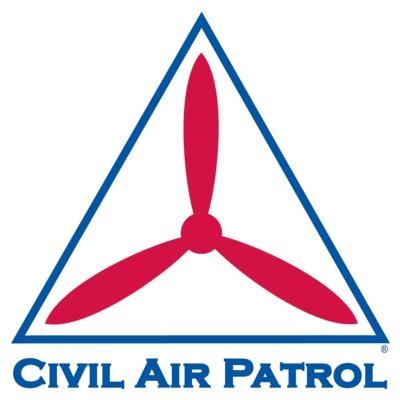Arrived On The Island Two Days After The Storm
Twenty-two days into the massive federal response to Hurricane Maria, Civil Air Patrol is beginning to ramp down its air operations in Puerto Rico and the nearby U.S. Virgin Islands. CAP has been supporting flying operations for the full-scale disaster relief mission in Puerto Rico since Sept. 22, two days after Maria made landfall on the Caribbean island.

“We’re starting to wrap up our current mission in Puerto Rico,” said John Desmarais, CAP’s director of operations. Nearly 250 members from the Puerto Rico Wing and 20 other CAP wings and regions across the U.S. have been involved in the mission, providing local first responders, the Federal Emergency Management Agency and other U.S. government agencies with aerial photography to document damage on the islands.
CAP aircraft from the mainland returned home this past weekend, but flights are expected to continue through the early part of next week — likely supported by Puerto Rico Wing planes and aircrews with minimal augmentation by mainland crews. To date, CAP aircrews have flown nearly 500 hours on 236 sorties over the affected areas in both Puerto Rico and the U.S. Virgin Islands. On those flights, CAP photographers have taken 62,721 aerial images, which were provided to FEMA and emergency personnel to help focus on recovery efforts.
Puerto Rico took a direct hit from the Category 5 storm two weeks after a previous encounter with Hurricane Irma, another powerful storm that tracked just north of the island on Sept. 7. Irma greatly affected the U.S. Virgin Islands, much as Maria did Puerto Rico. Maria’s impact on Puerto Rico’s infrastructure has posed challenges for CAP members, particularly the local CAP wing’s nearly 400 adult officers. One is Capt. Luis J. Herrera, the wing’s inspector general, who lives in Bayamon, just south of Puerto Rico. “The last four weeks have been challenging, to say the least,” he said. “Power, water, cell phones, everything that we took for granted has been taken away from us. We did prepare for a hurricane, but we weren't prepared for a disaster.
“Hurricane Maria has been the worst event with the biggest devastation I have ever experienced,” Herrera said. Slowly but surely, progress is being made toward recovery. “My family and I are living within a schedule that we’ve created,” Herrera said. “We have a portable generator that can be run for several hours a day. So we run it several times a day to try to keep the fridge as cold as possible, to charge our electronic devices from time to time, and to turn some fans on to try to cool down the house a little.”
Herrera said his CAP training has prepared him and others to adapt and respond during such emergencies. “Some of our members lost their jobs, their houses were damaged, and others lost everything,” he said. “And yet they reported for duty, day after day, volunteering their time to help. “In CAP, we train for situations like this, and when the time comes we are honored to step forward and be able to help. In a sense, serving with CAP in this emergency has helped me to focus my thoughts into productive ideas that can contribute to the mission's goals,” he said.
In addition to air operations, CAP members have also volunteered in shelter centers in Puerto Rico and the U.S. Virgin Islands. That work is expected to continue for weeks, even months to come.
(Source: Civil Air Patrol news release)
 ANN's Daily Aero-Term (05.17.24): Very High Frequency
ANN's Daily Aero-Term (05.17.24): Very High Frequency ANN's Daily Aero-Linx (05.17.24)
ANN's Daily Aero-Linx (05.17.24) ANN FAQ: Submit a News Story!
ANN FAQ: Submit a News Story! Classic Aero-TV: ANN Visits Wings Over The Rockies Exploration Of Flight
Classic Aero-TV: ANN Visits Wings Over The Rockies Exploration Of Flight Airborne Affordable Flyers 05.16.24: PRA Runway, Wag-Aero Sold, Young Eagles
Airborne Affordable Flyers 05.16.24: PRA Runway, Wag-Aero Sold, Young Eagles



